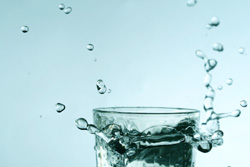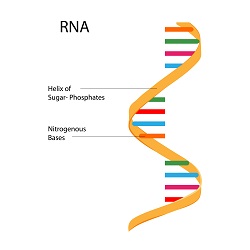Natural light can purify drinking water
Among all the current environmental problems, those related to water are probably the hardest to solve as they will probably have the worst consequences in the long term. Problems associated with water scarcity, gradual destruction and contamination of fresh water resources are becoming more pressing in many areas of the planet, including the semi-arid areas of the Mediterranean basin. The possibility of using solar energy to disinfect contaminated drinking water was explored within the AQUACAT project as a promising economical solution to a difficult environmental problem. More specifically, the use of singlet oxygen and photosensitisers for the production of this highly reactive agent captured the attention of project partners at the Universidad Complutense de Madrid. By immobilising photosensitisers in a polymer matrix, they generated oxygen in its singlet excited state requiring only sunlight of appropriate wavelength. There were several advantages to the use of immobilised photosensitisers in water purification, for example the ability to recover and reuse photosensitisers. Moreover, a marked improvement in the stability of the produced silicon (Si) and ruthenium (Ru) based photosensitisers allowed numerous repetitions of the photo-oxidation without degradation of the sensitiser. Since the main objective of water disinfection is to inactive pathogenic micro-organisms living in the water, ultraviolet along with visible wavelengths were selected. These are the most destructive for microbial life. The polymer-supported photosensitiser was used in the AQUACAT pilot solar photoreactors in North Africa where solar energy is abundant and water-related problems frequent. The effectiveness of photosensitised singlet oxygen to inactivated Escherichia coli was proven under different experimental as well as real conditions.







